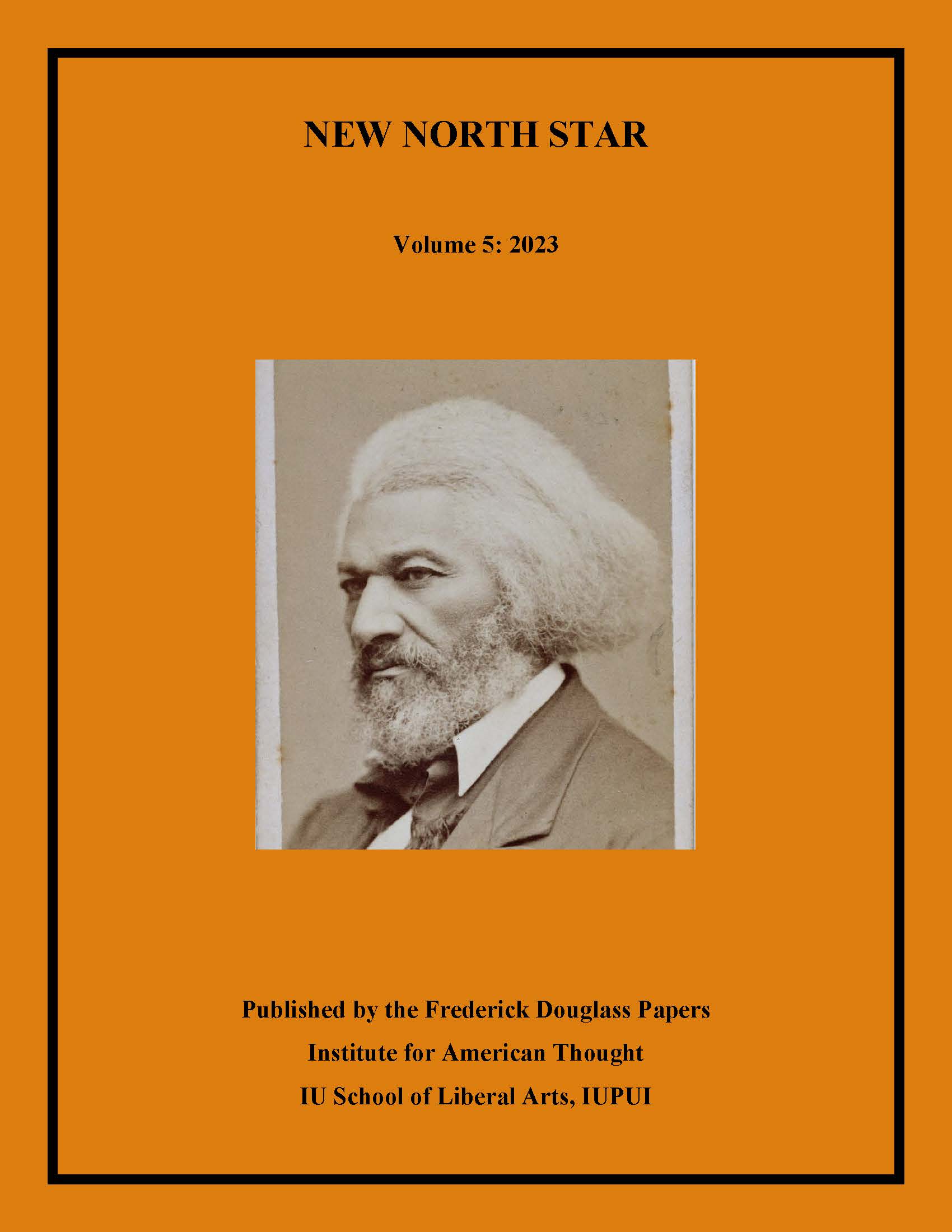Frederick Douglass in the British Isles (1845–1847): A Reassessment of Approach, Achievement, and Legacy
DOI:
https://doi.org/10.18060/28028Keywords:
Frederick Douglass, Abolitionism, Public Relations, Activism, Victorian NewspapersAbstract
Frederick Douglass’s first tour of the British Isles (1845–1847) proved a pivotal episode in the life of the legendary campaigner and the broader fight against slavery. Douglass made over three-hundred speaking appearances during his nineteen-month stay—sparking public debate, generating hundreds of newspaper articles, and reinvigorating an antislavery movement that had largely stalled in Britain since the 1830s. Douglass’s campaigning revealed early glimpses of his rhetorical skills and political instincts, including his successful navigation of the “white slavery” controversy and an impressive publicity blitz on the nation’s newspapers. However, Douglass’s time in Britain was not an unmitigated success. This paper examines the limitations of his work—including the failure to successfully pressurize the Free Church of Scotland into returning donations linked to slavery, and the strategic decisions that limited Douglass’s ability to deliver tangible results. In so doing, the paper attempts a more nuanced and dispassionate assessment of Douglass’s tour—evaluating his visit as a political campaign (not an oratory showcase) with successes and failures that shaped the most influential Black American of the nineteenth century.




